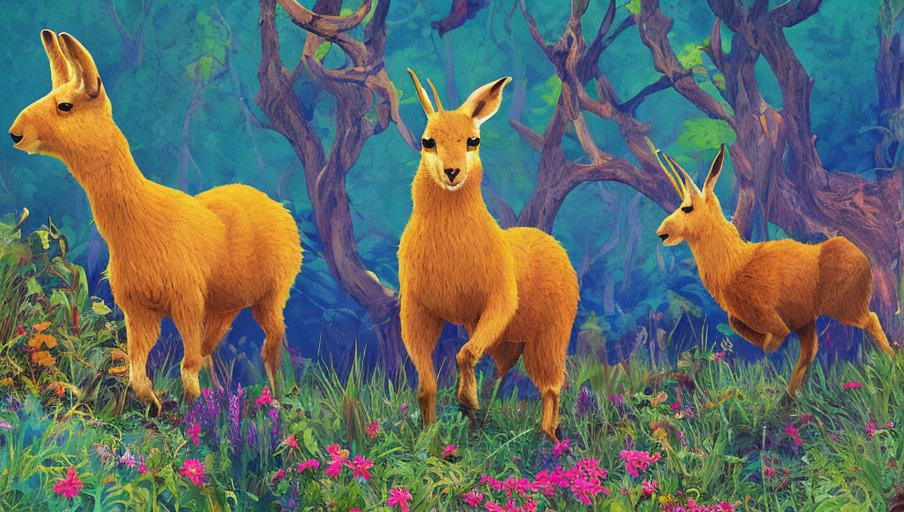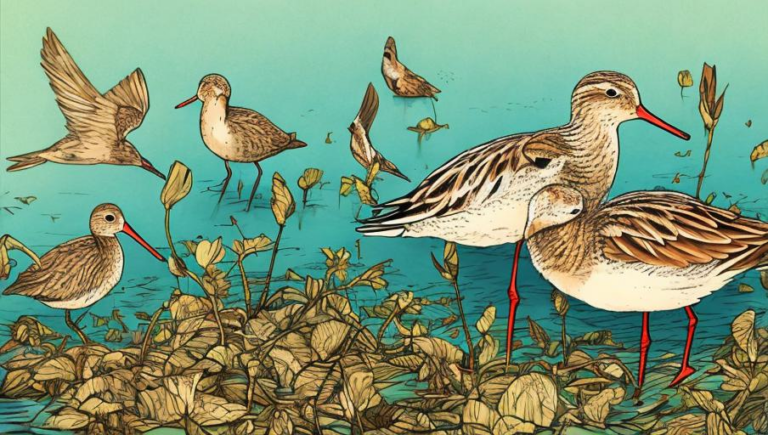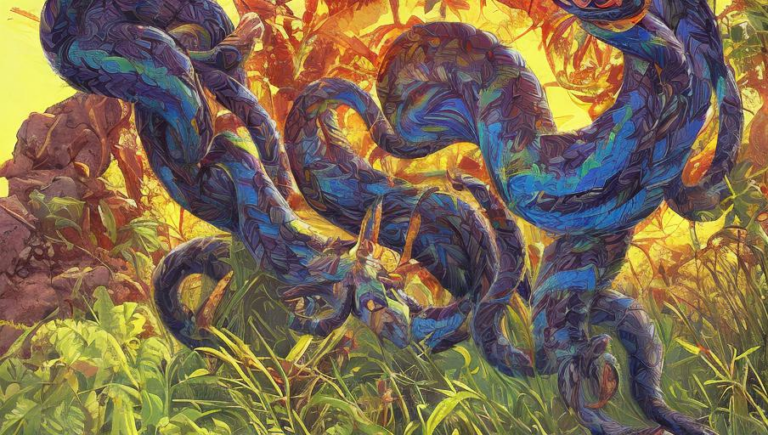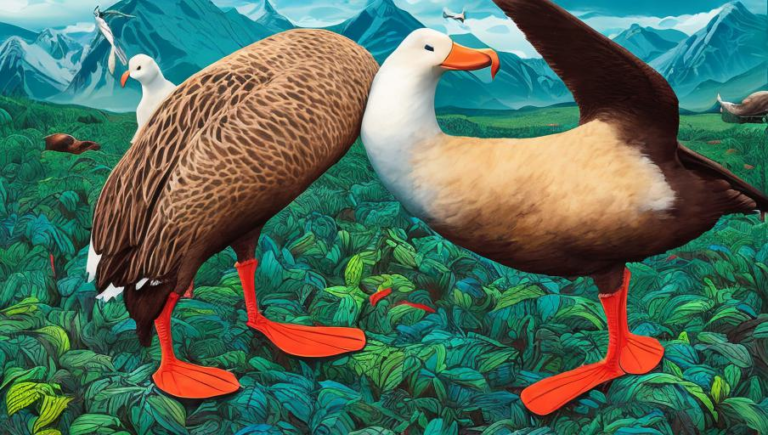Young Chamois: What Do They Eat?

Introduction
The chamois (Rupicapra rupicapra) is a species of goat-antelope native to the mountains of Europe and Asia. It is a highly agile animal and is known for its ability to climb steep, rocky slopes with amazing speed and agility. The chamois is also known for its striking light brown coat and two horns that can reach up to 25 centimeters in length.
Young Chamois
Young chamois, also known as kids, are born in late spring or early summer and are weaned at around four months of age. After weaning, they are usually independent and able to feed themselves. But, what exactly do young chamois eat?
Diet of Young Chamois
Young chamois have a varied diet, but their main food sources are grasses, plants, and leaves. They also eat lichens, mosses, and fungi. In areas where food is abundant, young chamois also eat flowers, fruits, and insects. When food is scarce, they will also eat twigs and bark from trees, as well as small insects.
Nutritional Value
The diet of young chamois provides them with the essential nutrients they need to grow and develop. The grasses and plants they eat provide the protein and fiber they need, while the lichens, mosses, and fungi provide them with minerals and vitamins. The fruits, flowers, and insects provide them with essential vitamins and minerals, as well as carbohydrates. The twigs and bark provide them with carbohydrates and fiber, while the small insects provide them with protein.
Feeding Habits
Young chamois spend most of their time grazing in the grassy meadows and rocky slopes of their habitat. During the summer, they often graze in the mornings and evenings when temperatures are cooler. During the winter, they feed mostly at night to avoid the cold temperatures. In addition to grazing, young chamois also browse on trees and shrubs.
Conclusion
Young chamois are interesting and unique animals that are found in the mountains of Europe and Asia. They have a varied diet that includes grasses, plants, leaves, lichens, mosses, fungi, flowers, fruits, insects, twigs, and bark. This diet provides them with the essential nutrients they need to develop and grow. They are also known for their agility and ability to climb steep and rocky slopes with ease.





